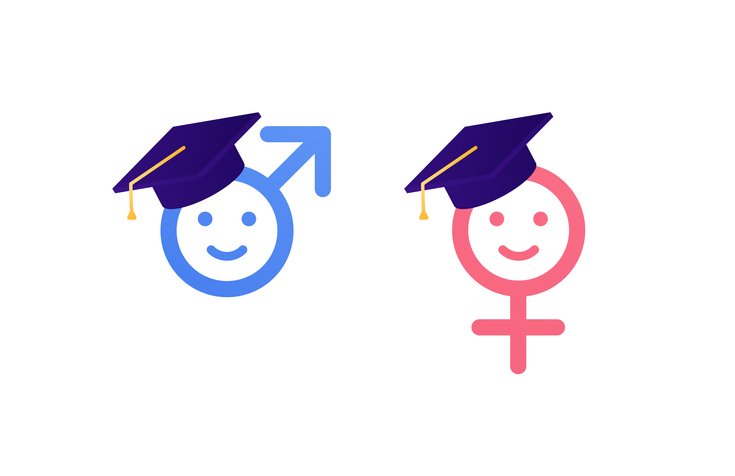For Pearson, there are five student segments, some passionate about learning and looking for better jobs, while others do not value titles and prefer online education.
Image: Bigstock
Through the analysis of a survey, Pearson describes five segments of students that universities must differentiate to generate more effective and accurate educational experiences.
The Future Learners report published by Pearson points to the need for universities to create flexible educational ecosystems. Also, it assesses the way in which universities makes educational programs focused on age groups and disregards the wishes and needs of students.
To understand how college students prefer to learn and what type of content they find most appealing, Pearson researchers conducted a survey of 2,600 US students aged 14 to 40 years. The results showed that universities must stop seeing students as a homogeneous mass and a student segmentation is critical.
The five types of students according to Pearson
-
The Traditional Learner (25%)
They have a passion for learning new things in a conventional environment. This segment favors in-person interactions with classmates and teachers; they prefer to read and listen to lectures instead of studying in groups or watching videos.
On the other hand, they believe that the purpose of the university is the preparation for life and a way to get a good job. The three main careers they choose are engineering, health professions, and business.
This segment values higher education and expresses the least concern among all segments about its ability to pay for a degree.
-
The Hobby Learner (24%)
This segment sees education as a journey of learning new things and not as a path to the top of their profession. Six out of 10 of the students in this segment are not enrolled in the university, have never obtained a degree and do not need one for their jobs.
They are self-directed learners with high academic skills who appreciate a mix of learning styles (digital, books and face-to-face courses).
The main fields of study in this segment are IT, biology and psychology. In this regard, two-thirds of this segment answered that they have significant concerns about the payment of an academic degree.
-
The Career Learner (19%)
This segment loves college and excels academically. His passion focuses on higher education as a means to get a good job.
Their specializations are inclined towards the practical: business, technology and health. They prefer digital media rather than books. Also, this group likes project-based learning because they are aware of the emphasis that employers put on social skills.
-
The Reluctant Learners (17%)
They are students who do not excel academically and have little passion for learning. Their main careers are business, engineering, and history.
This segment prefers on-demand education, either online or on campus. These students place little value on higher education and are sensitive to the prices of degrees.
-
The Skeptical Learners (15%)
This segment has little passion for learning and a little more than half of them see themselves as average students. The main careers they choose are business and criminal justice.
They prefer online education than face-to-face lessons or book readings. Given their apathetic attitude towards school, they see little value in university education and express much concern about their ability to pay for college.
Pearson points out that this segmentation can be used by universities as a guide for the creation of academic programs according to certain types of student.
The creation of personalized experiences is the goal of many universities; however, limiting the educational offer to only five classes or types of students seems a reductionist solution.
The challenge for the universities will be to create educational programs that adapt to the students depending on the needs and desires of each one. The segments, undoubtedly, are a better option than the traditional approach by age; nevertheless, it will be necessary to determine the degrees of segmentation to avoid generalizations and favor inclusiveness.
This article from Observatory of the Institute for the Future of Education may be shared under the terms of the license CC BY-NC-SA 4.0 
)
)











)
Paulette Delgado
Paulette Delgado
Paulette Delgado